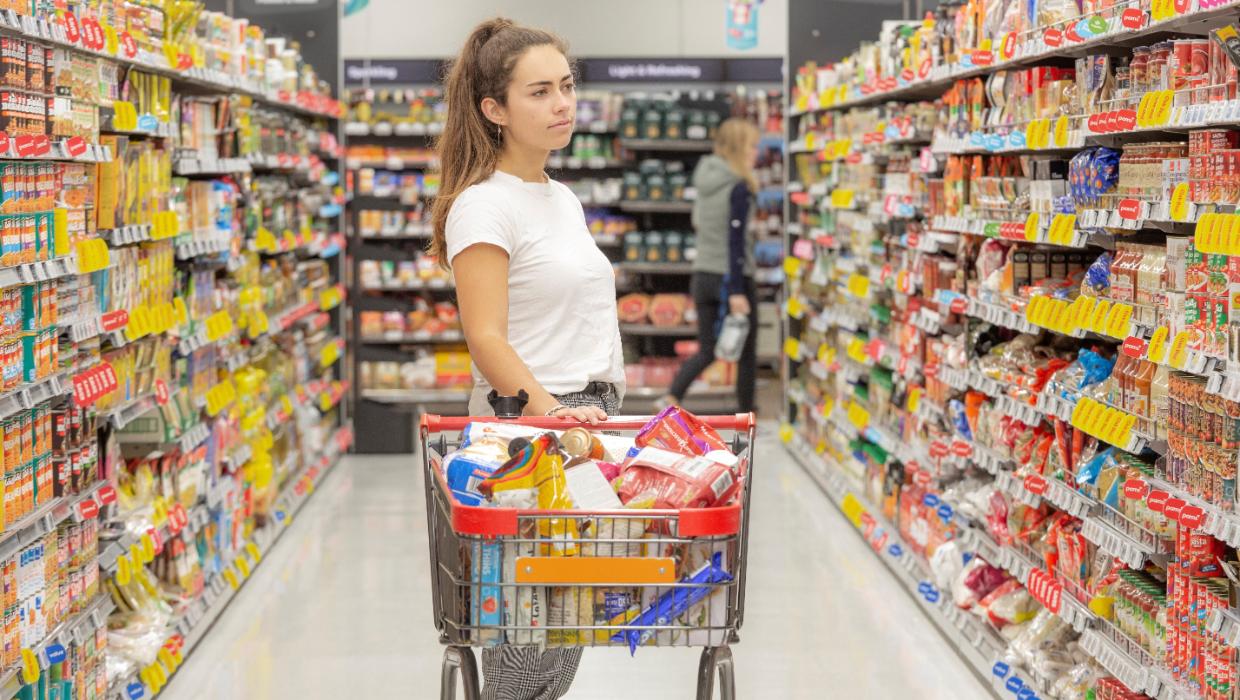Business
Supplier Costs for Foodstuffs Supermarkets Increase by 2.5%

Foodstuffs supermarkets are facing a significant rise in supplier costs, which have increased by 2.5% according to recent data. The Infometrics–Foodstuffs New Zealand Grocery Supplier Cost Index highlights that key items such as fish, beef, lamb, and chocolate have driven this surge in prices during the latest year-on-year analysis.
Foodstuffs New Zealand, a major player in the grocery sector, has reported this increase against a backdrop of rising global commodity prices. The findings from October 2023 reveal that the cost pressures faced by suppliers are beginning to translate into higher prices for consumers across the country.
Impact on Consumers and Retail Strategy
As supplier costs climb, Foodstuffs supermarkets may need to reassess their pricing strategies. The challenge lies in balancing the need to maintain competitive prices while ensuring profitability. With key products experiencing notable price hikes, customers may see an increase in their grocery bills.
The grocery sector has been particularly sensitive to fluctuations in supply chain costs. Factors contributing to the rise in prices include increased transportation costs and supply chain disruptions, which have affected the availability of essential goods. The heightened prices of fish and meat products, in particular, may lead consumers to consider alternative options or adjust their purchasing habits.
Future Projections and Economic Context
Looking ahead, the ongoing analysis by Infometrics suggests that the trend of rising supplier costs may continue. The data indicates that inflationary pressures remain a concern, with various economic indicators pointing towards sustained price increases in the coming months.
According to industry experts, it is crucial for Foodstuffs and other retailers to adapt to these changes. This may involve strategic partnerships with local suppliers to mitigate costs, thereby providing consumers with more stable pricing. The grocery market’s response to these trends will play a vital role in shaping consumer sentiment and purchasing behavior.
The Infometrics–Foodstuffs Grocery Supplier Cost Index serves as a critical tool for understanding the dynamics at play within the retail sector. As grocery prices evolve, monitoring these shifts will be essential for stakeholders across the industry, from suppliers to consumers.
In summary, the 2.5% rise in supplier costs reported by Foodstuffs supermarkets underscores the challenges currently faced by the grocery industry. As price increases affect both retailers and consumers, the sector must navigate these complexities to ensure sustainability and competitiveness in the market.
-

 Sports2 months ago
Sports2 months agoNetball New Zealand Stands Down Dame Noeline Taurua for Series
-

 Entertainment2 months ago
Entertainment2 months agoTributes Pour In for Lachlan Rofe, Reality Star, Dead at 47
-

 Entertainment1 month ago
Entertainment1 month agoNew ‘Maverick’ Chaser Joins Beat the Chasers Season Finale
-

 Sports2 weeks ago
Sports2 weeks agoEli Katoa Rushed to Hospital After Sideline Incident During Match
-

 Sports2 months ago
Sports2 months agoSilver Ferns Legend Laura Langman Criticizes Team’s Attitude
-

 Politics1 month ago
Politics1 month agoNetball NZ Calls for Respect Amid Dame Taurua’s Standoff
-

 Sports1 week ago
Sports1 week agoJamie Melham Triumphs Over Husband Ben in Melbourne Cup Victory
-

 Entertainment3 months ago
Entertainment3 months agoKhloe Kardashian Embraces Innovative Stem Cell Therapy in Mexico
-

 World4 months ago
World4 months agoPolice Arrest Multiple Individuals During Funeral for Zain Taikato-Fox
-

 Sports3 months ago
Sports3 months agoGaël Monfils Set to Defend ASB Classic Title in January 2026
-

 Entertainment2 months ago
Entertainment2 months agoTyson Fury’s Daughter Venezuela Gets Engaged at Birthday Bash
-

 Sports2 months ago
Sports2 months agoHeather McMahan Steps Down as Ryder Cup Host After Controversy




















